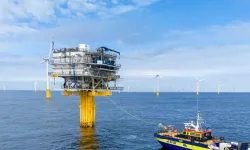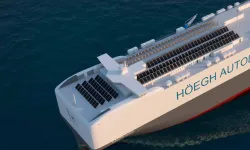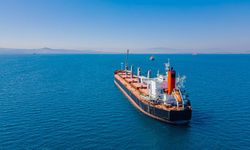Igor Bačkalov is a highly experienced naval architect specializing in ship stability, dynamics, and safety. With 20 years of expertise in ship dynamic stability, seakeeping, and ship design, he brings a wealth of knowledge to the field. His research interests encompass the design and operation of both seagoing and inland vessels. Currently affiliated with the Development Centre for Ship Technology and Transport Systems (DST), Igor holds a position in the Department of Experiments, Fleet Modernization, and Emissions. Located in Duisburg, Germany, DST is a renowned research institute focused on inland vessels and coastal ships. Igor's work at DST spans hydrodynamics, with a specific focus on shallow water effects, as well as design, operation, and logistics within the maritime industry.
In the midst of escalating debates surrounding regulations and drought, we place our trust in Mr. Igor's knowledge and experience. Therefore, we have directed some questions to him regarding the future of inland vessels in Europe.
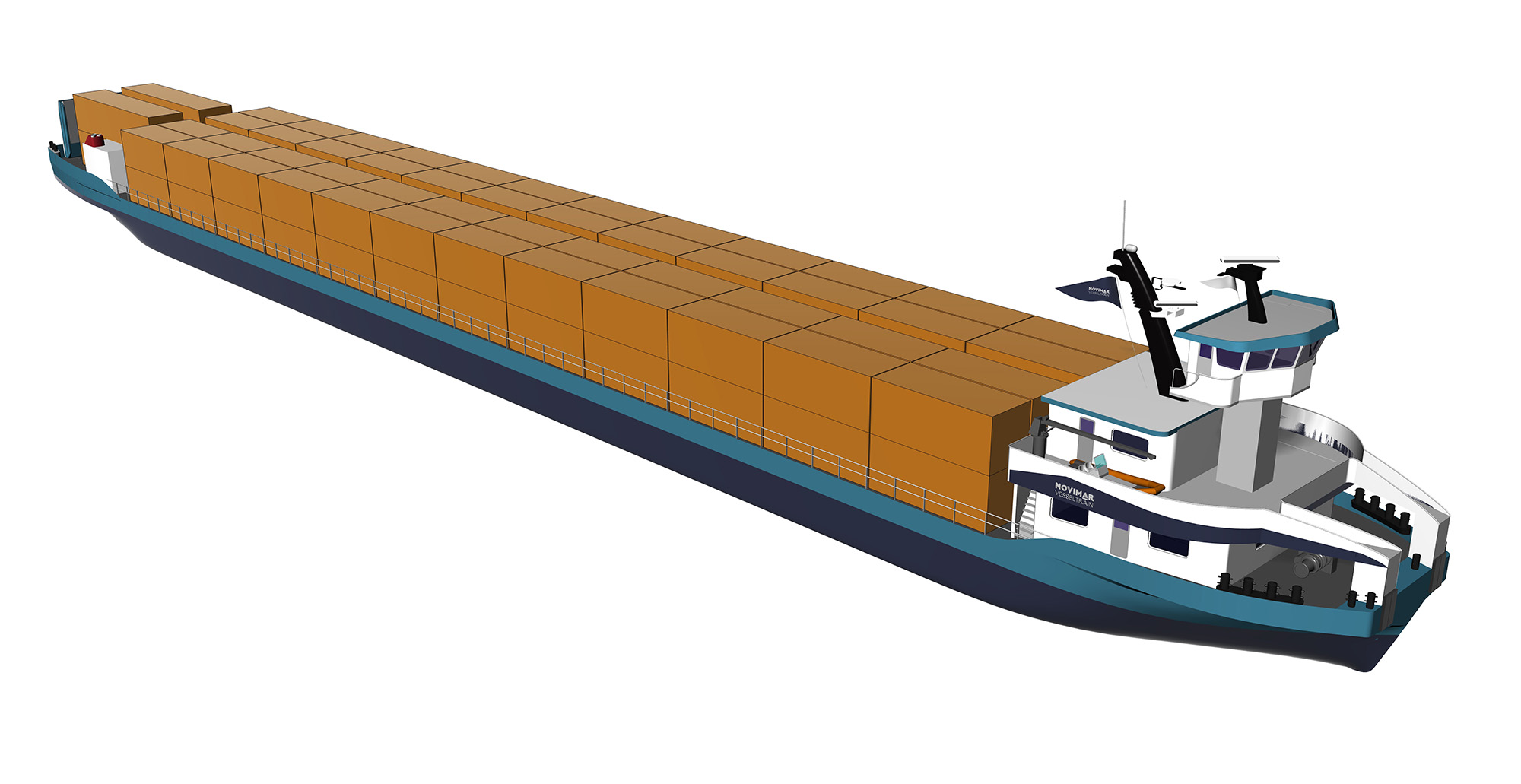
"The existing fleet is very old"
How do you see inland vessels’ future?
Inland navigation faces a range of challenges. Inland vessels are affected by the regulations aiming at decarbonization and pollutant emissions reduction over industrial and transport sectors. The energy transition, however, is linked to high costs and large uncertainties. It should be kept in mind that many inland vessels in Europe are owned by families or enterprises with limited financial capabilities. On the other hand, an apparent lack of interest for traditional careers in shipping leads to diminishing numbers of professional crews. This naturally leads to the requirements for increased automation and, ultimately, autonomy, but the social and regulatory acceptance for autonomous shipping still has a long way to go. Last but not the least, inland vessels typically operate in restricted navigation conditions (primarily restricted water depth). Therefore, the climate change effects in form of severe and protracted droughts – which, in the last couple of years, affected rivers all over the world, including Western Europe, Russia, USA, and China – have a strong impact on inland navigation. Add to that a long lifecycle of inland vessels (much longer than that of seagoing ships) which means that a feasible way of coping with the environmental, market, and regulatory changes has to be sought for the existing fleet which is, on the average, very old. Thus, the future of inland vessels depends on response to these challenges.
Do you consider that autonomous inland vessels will be taken into account more by governments?
This seems to be inevitable, in Europe at least, considering that the European Commission financially supports a number of research projects dealing with autonomous inland navigation. Such a trend is observable on national and regional levels as well. In Germany, for instance, there are dedicated test fields for testing of autonomous ships, while the development of supporting technologies and methodologies is being supported by the federal and regional governments. DST is also actively involved in a range of European and national projects dealing with the development of autonomous shipping on inland waterways.
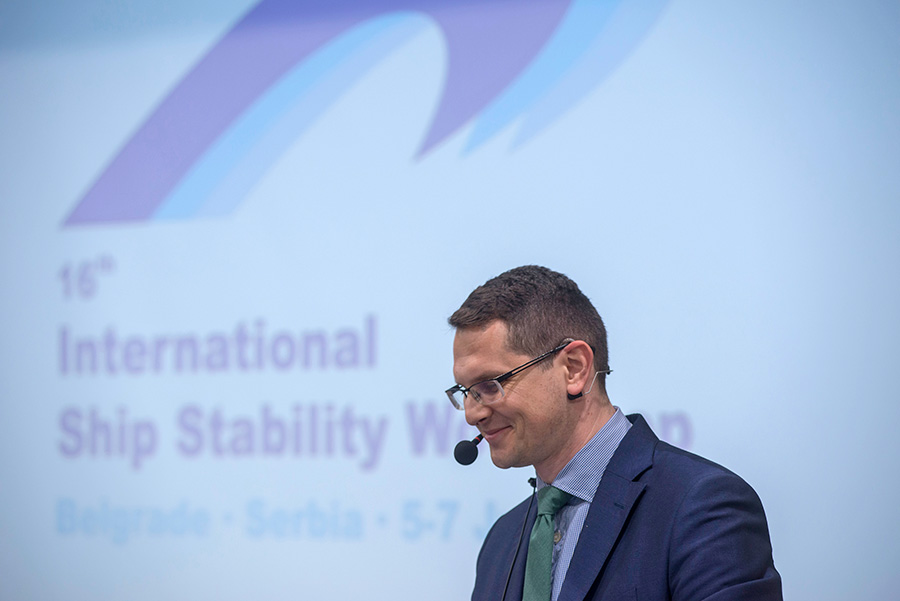
"It is a good time to be a naval architect…"
What are the obstacles ahead of this? What are the new developments in this field which we have to talk about?
The obstacles to implementation of autonomous shipping at a larger scale (that is, from pilot projects to regular services) are related to societal acceptance and regulatory gaps rather than technology development. From the perspective of maritime history, however, the process seems to be natural: as technology advanced, the requirements in terms of number of crew have been diminishing. The requirements in terms of skills and training, on the other hand, have been changing as well. This trend towards ever smaller but (highly) specialized crews will continue until the ships are operated exclusively by systems. One day, perhaps, even the business decisions will be made by systems and the only “human in the loop” will be the one who harvests the profit (e.g. a shipowner) who may not even be aware of the ship’s whereabouts. It is, however, certain that as ships are becoming increasingly complex, the role of ship designers is becoming more and more important. It is a good time to be a naval architect…
We need to thoroughly comprehend, though, the role of a human in the operation of a ship in order to be capable of replacing human operators with systems. From the regulatory point of view, the role of human is mostly implicit and embodied in the concept of “prudent seamanship”. On the other hand, it is often stated that humans are responsible for “80% of maritime accidents” even though there is no scientific evidence for such claims. It is hardly ever discussed, however, how many accidents were actually prevented by human operators. If we really want to pave the way for autonomous shipping, we must not underestimate the role of the people onboard. To remove the crews from ships, first we have to fully appreciate the role of humans in ship safety.
Disclaimer: The positions stated in the interview are interviewee’s personal opinion and do not reflect the official positions of his employer DST e. V.



